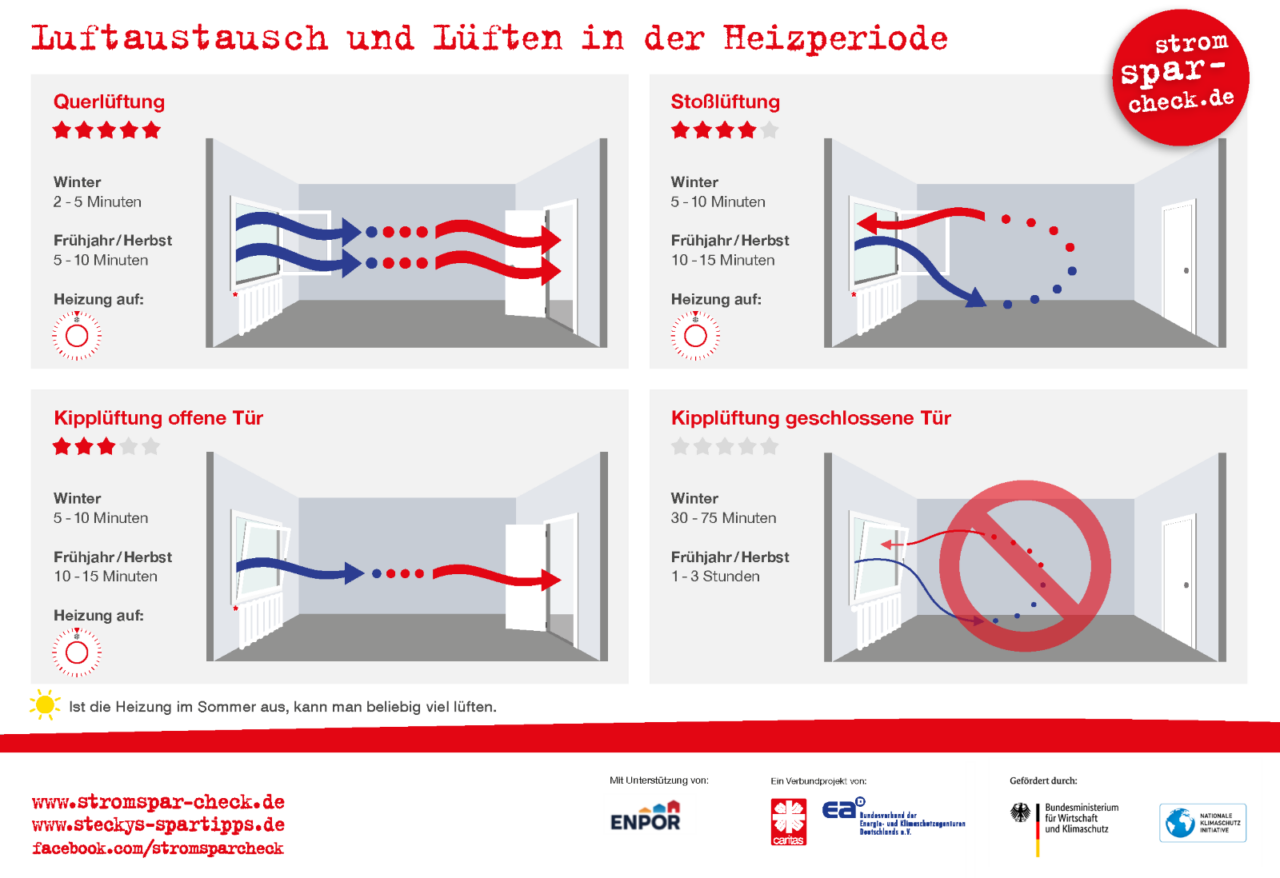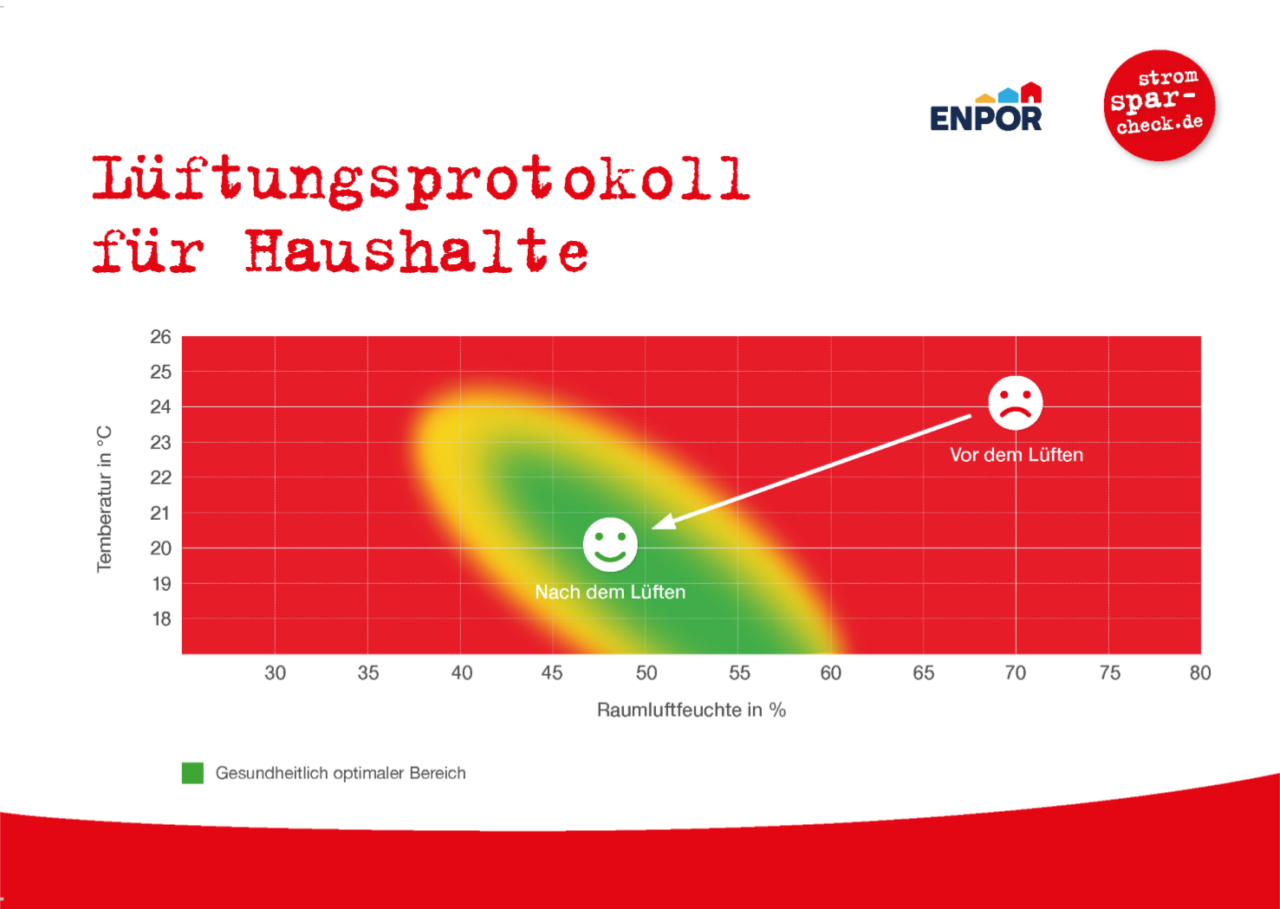[13.02.23] German Electricity Saving Check (Stromsparcheck) extends its heating advice
By Florin Vondung, Wuppertal Institute
Energy poverty has gained increasing attention in the German public with the energy crisis. Despite the exploding energy prices, the Federal Government hasn’t acknowledged it so far to be a distinct issue from general poverty, addressing it with the financial instruments of the welfare state (e.g., transfer payments). In addition, it provides financial support to non-governmental organisations to offer energy saving advice to low-income households. The most prominent initiative is the “StromSparCheck” (Electricity Saving Check) project, run by Caritas, in cooperation with the Federal Association of Energy and Climate Protection Agencies in Germany. In this programme, long-term unemployed citizens are trained to provide energy saving advice and low-cost technical devices free of charge to welfare recipients and low-income households.
Expanding StromSparCheck’s Practice
The German Government covers the heating expenditure of welfare recipients. In the same time, they need to cover their electricity costs from a capped budget for overall living expenditure, included in the monthly welfare support amount. This is the reason why the StromSparCheck project mostly focuses on electricity savings, achieving on average of 200 € savings per household and year. Since households receiving other forms of state support (e.g., housing assistance) that do not include heating cost coverage are eligible for the service, “StromSparCheck” has started to extend its activities to heating related advice in about 60 locations throughout Germany. Within ENPOR, our overarching aim was to further develop the existing approach of heating-related energy advice to increase heat savings and achieve better comfort level and to broaden the evidence base of what works. We partnered with Caritas Düsseldorf to further develop innovative approaches to be able to convey energy advice more effectively or to achieve savings by means of new tools and approaches. These approached are tested and are evaluated on an ongoing basis.
A particular challenge was the lack of immediate financial incentives for the majority of consulted households (90% are basic security recipients) due to the above-mentioned state coverage of heating costs. Accordingly, new measures had to be developed to target the participating tenants’ intrinsic motivations and / or to focus on comfort or health improvements thanks to avoiding draught or mould.
The challenges and their solutions
As a preparatory step, our project team, consisting of Wuppertal Institute, Caritas Düsseldorf and Röthele Energie- und Bauberatung, analysed the existing StromSparCheck advisory process and practice (see graph below) and identified the most relevant challenges for its successful implementation as a draft starting point for improvement:
- outreach to different target groups,
- lack of data (i.e., heat energy bills) to assess saving potentials and monitor the impact of heating advice, and
- design of effective advice.
Based on the assessment, the team identified potential solutions to address these challenges. The stakeholders to be involved in the REACT Groups were chosen with view to their role in the process according to this analysis. Among all actors, especially the representatives from the municipality, utility, social and charitable organisations in Düsseldorf were identified as stakeholders with the highest interest and strongest power and influence.

The co-creation process itself in the group was implemented online in small working groups along the three identified main challenges. Within the moderated groups (called REACT Groups in ENPOR), the project team’s analysis and possible solutions were discussed and new ideas collected. The participant’s ideas and statements were discussed and evaluated by the work group participants highlighting particularly promising approaches. All results were documented and discussed in the plenum. In the follow-up, the project team summarized the REACT Group meeting results, refined and adapted the previous analysis and derived a number of draft improvement measures.
Involving the energy poor tenants
The perspective of energy poor tenants is one of the most important aspects to this approach. The project team decided to consult the StromSparCheck energy advisors via group interviews. StromSparCheck energy advisors were originally recruited as long-term unemployed and thus they are potentially belonging to the target group of energy poor households, thus could reflect the perspectives of the actual target group. Via the interviews, we wanted to understand the consulting practice more and to integrate their direct experiences and views on the improvement suggestions identified previously, regarding the outreach to certain target groups, lacking data, and the effectiveness of consulting. In addition, members of the project team attended two energy consultancy household visits, in order to develop a sense of the actual practice and of what measures can be realistically implemented in a consultancy context and with a target group that might suffer from multiple problems.
The improvement of the service
We decided to focus on increasing the effectiveness of heating advice. Besides the lack of financial incentives the following issues were identified and discussed as main challenges to be addressed by the improvements:
- resistance in the households to behavioural change,
- overloading the households with information,
- the limited scope for action by households and low savings effects through behavioural change,
- the lack of timely monitoring of success.
The guiding principles for the development were:
- to focus on visualizations,
- draw on elements of gamification,
- emphasize personal learning experiences of households,
- frame advised actions with view to health and comfort benefits.
With the manifold input and information from the described exchanges in the REACT group, with the energy advisors and additional research, the project team developed the following concrete improvement measures:
1. Reframing of heating/ventilation as a matter of comfort: In order to link the dimension of comfort to the topic of energy efficient housing and to frame it not only as a technical issue but a matter of personal well-being, a query on the comfort perception of the target household has been included at the beginning of the data entry form. Facing the lack of financial incentives of efficient heating measures for the tenant, it is expected that this measure adds another source of intrinsic motivation for the individual and contributes to securing sustainable behavioural changes.
2. Media package to support the advice delivery:
- Ventilation information sheet: The ventilation sheet is one element of the developed Media package. It shows the air circulation for four different ways of ventilation: shock ventilation, cross ventilation, tilt ventilation with door open and door closed. Using this illustration of 4 rooms, with blue and red arrows for fresh and stale air, and a related evaluation system with red stars where a maximum of 5 stars shows the optimum way of ventilation, the measure is meant to improve the information transfer and impacts of different ventilation methods by graphic display, which could accommodate not only target groups that have difficulties with the native language. The laminated sheet has been originally used for the training of the programme´s energy advisors, but is now handed-out to the visited energy-poor households as an easily understandable guide to ventilation in the heating season.

- Ventilation diary: Another element of the Media package is a recording sheet with diagrams for temperatures and air humidity for various ventilation methods that will be handed out to the household together with a thermohydrometer. The household is asked to document measured temperature and relative humidity values from the thermohydrometer, before and after ventilation, using different forms of ventilation over a period of a week. Different colours in the diagrams, supported by embedded emojis, signal to the user where optimal and non-optimal combined values lie from a health perspective. The aim of the diary is to strengthen the understanding for the issue, the impact of ventilation on indoor air quality and interlinkage to personal well-being as well as promote the literacy with view to reading and understanding the displayed values on the thermohydrometers.

- Close-to-action visual reminders: As a last part of the media package, the improvement comprises 1) transparent window stickers out of adhesive foils with ventilation instructions for the different seasons in terms of frequency and duration and 2) printed hangers for radiators with information on the thermostats settings and the corresponding temperature levels. Placing these reminders close to the action they advise on shall serve the tenants as a reminder and support the continuous implementation of contents of the energy advice.


The initial monitoring figures from the pilot implementation phase indicate that while only a third of households implemented the self-learning activity with the ventilation diary, those who did, expressed to a high degree (>85%) the intention to adapt their ventilation behaviour accordingly in the future. Furthermore, the different elements of the media package were largely considered to be useful by the advisors and the advised households, indicating the relevance of the developed materials. This has also been corroborated by an increasing interest in the heating advice by StromSparCheck and the added elements by German municipalities, which face an increasing burden of paying rising energy costs as part of the basic social security transfers.
The ENPOR approach will be rolled out this year to all 60 Caritas locations currently providing heating related advice.
